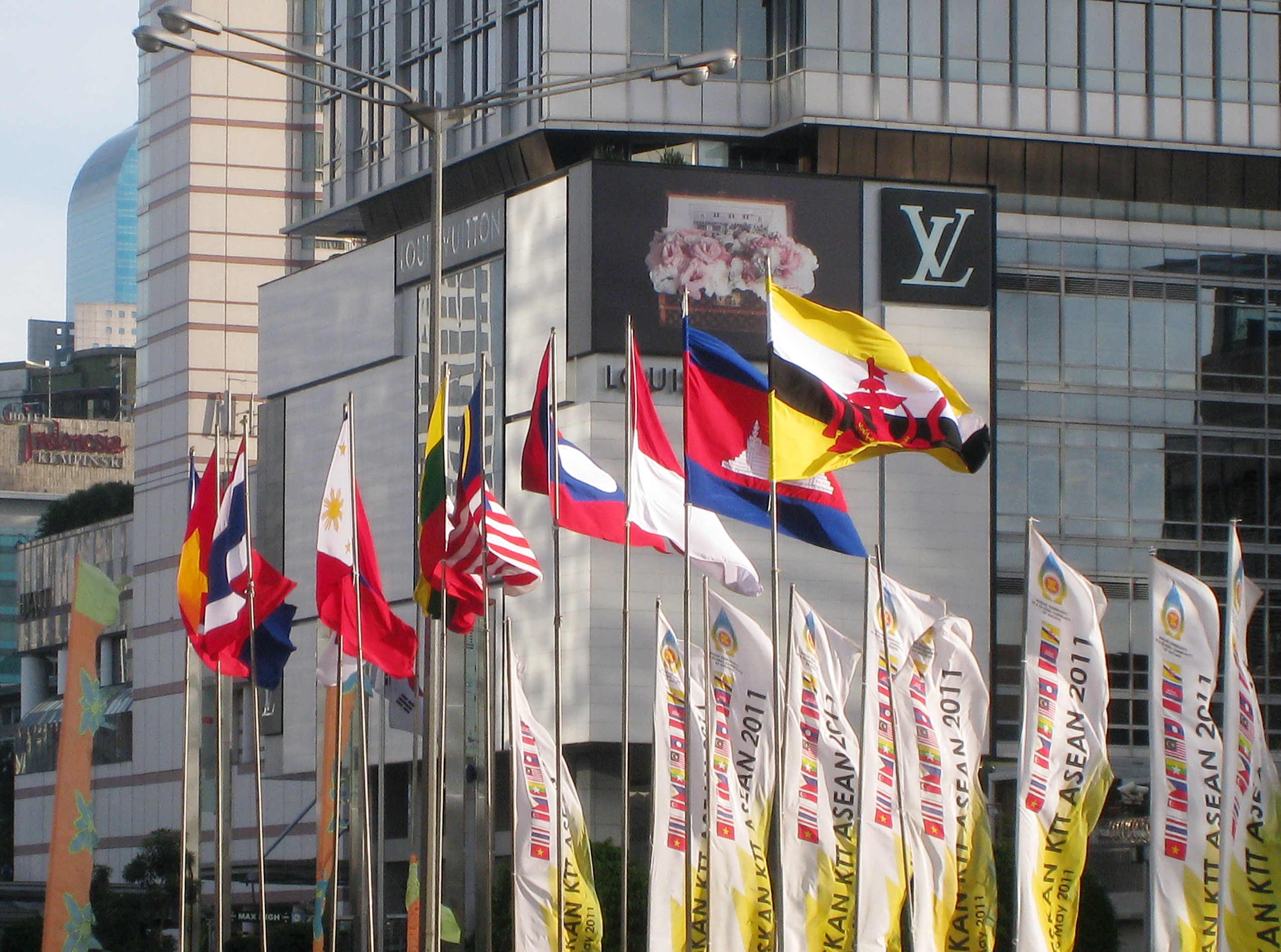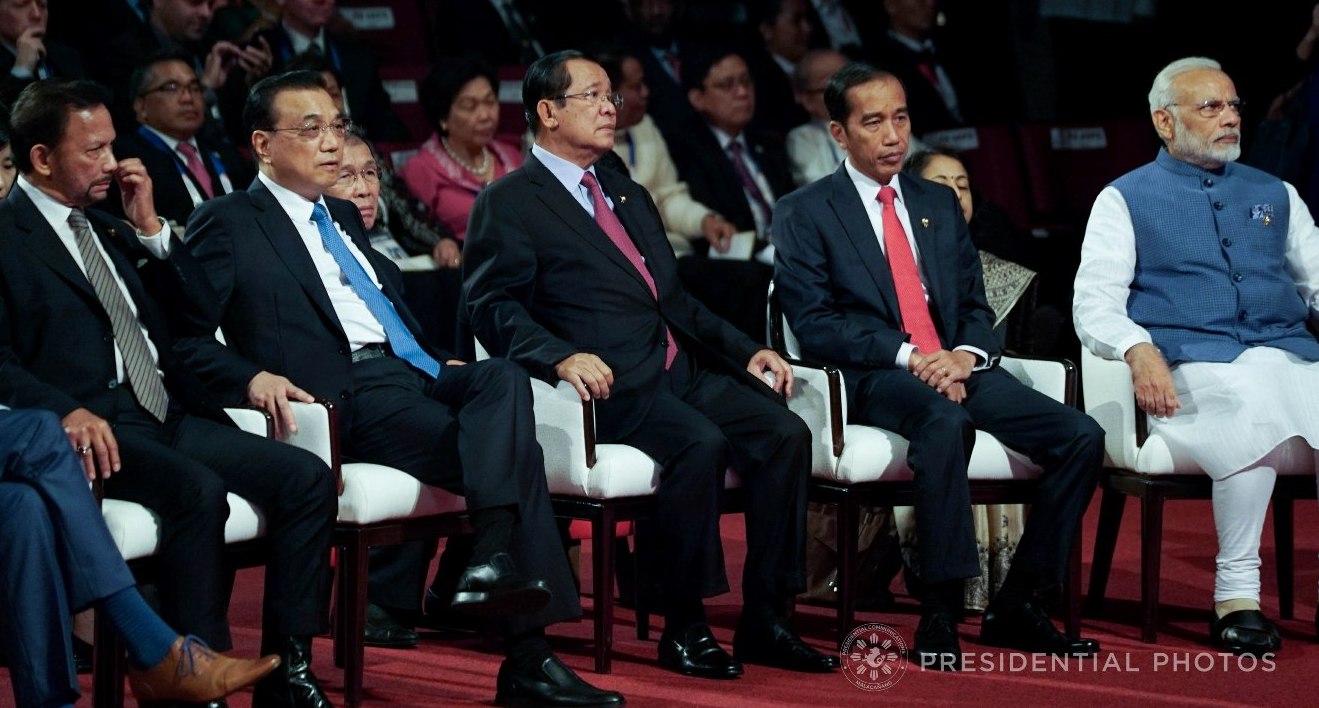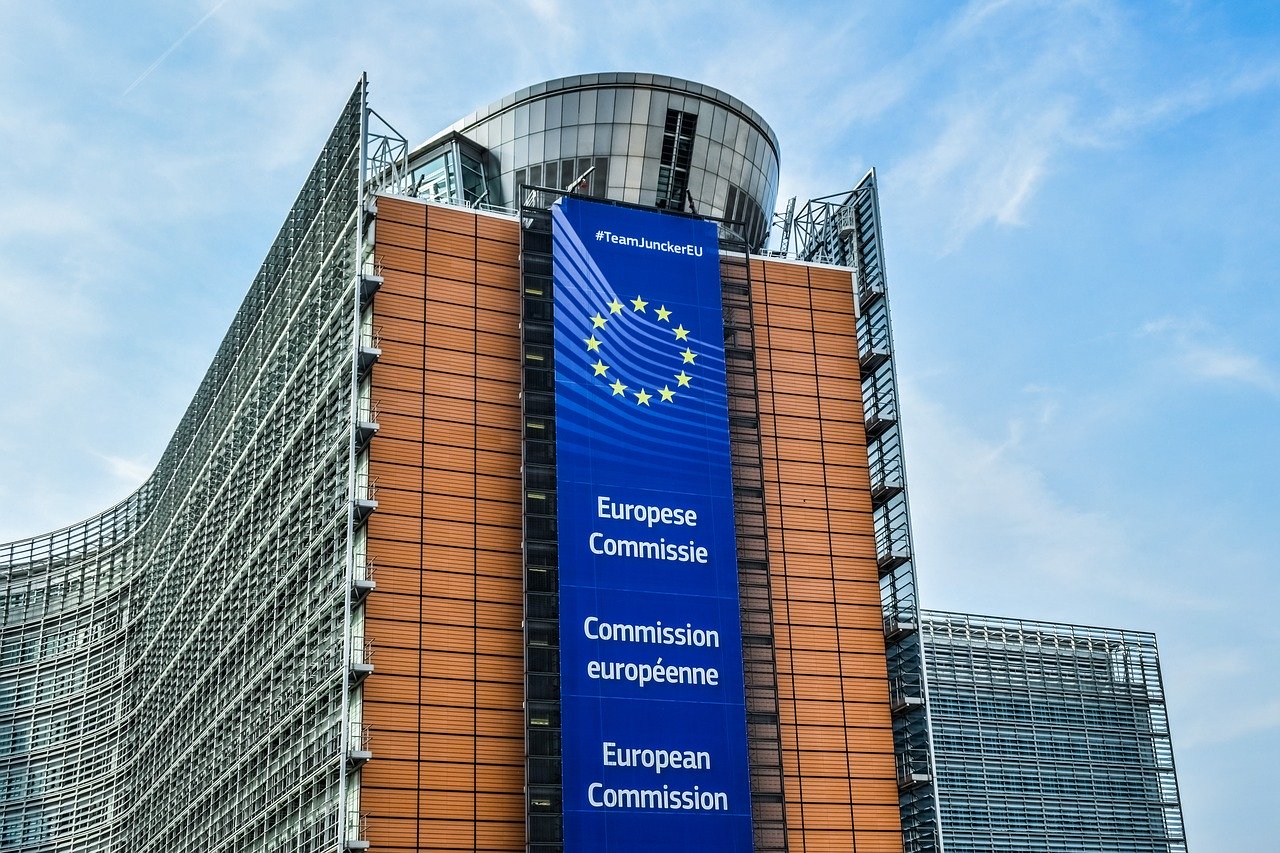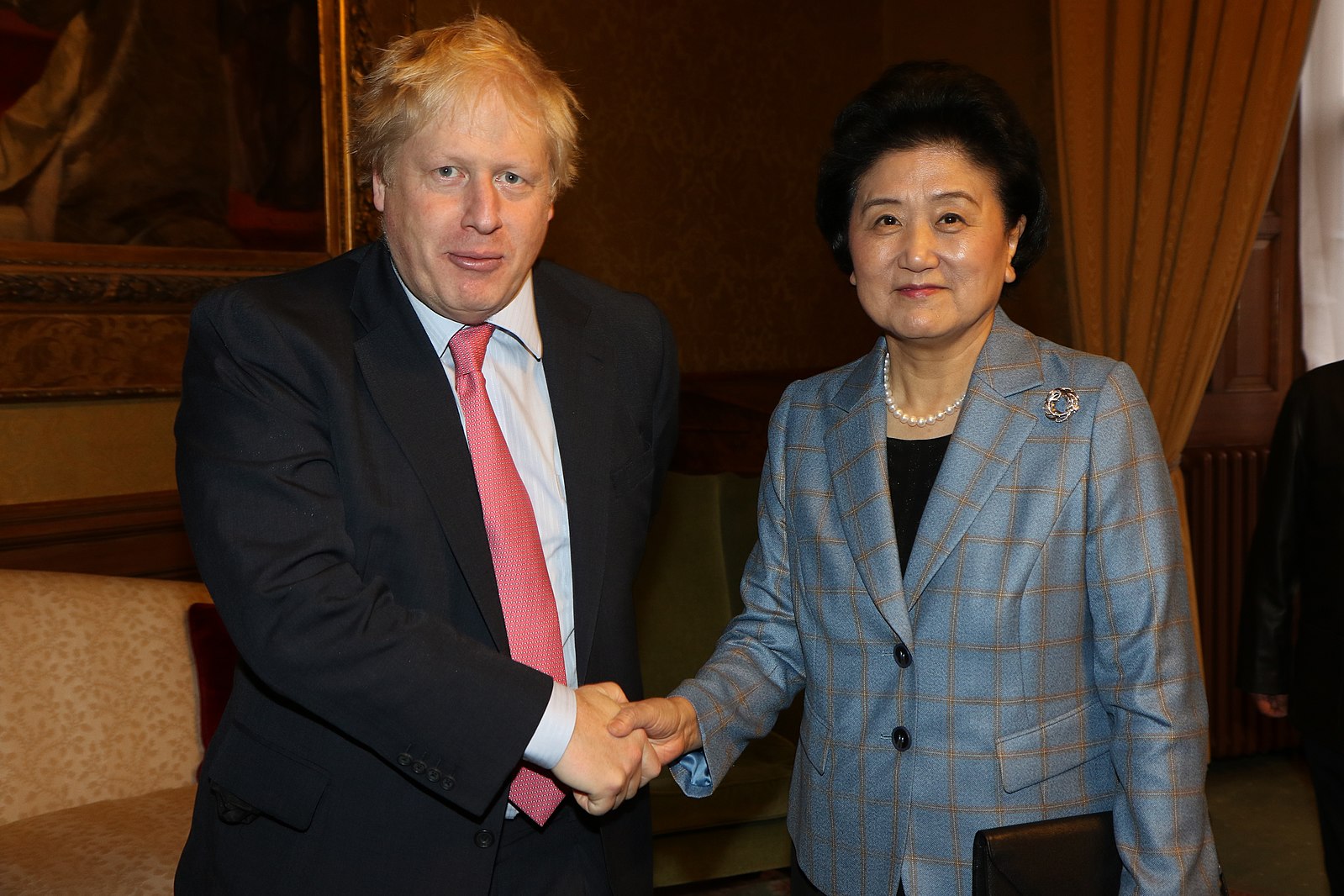How the COVID-19 pandemic deepens the challenge of Sino-U.S rivalry for ASEAN
- Sino-U.S ties have worsened amid the Coronavirus
- What are the implications of this for ASEAN neutrality and its relations with both China and America?

With the COVID-19 outbreak rapidly expanding across the world, Sino-U.S ties have progressively worsened. The Donald Trump administration has accused China of misleading the world on the origins and severity of the outbreak, while Beijing has criticised Washington for leading a “smear campaign” against China. Deteriorating Sino-U.S relations have affected multilateral cooperation under the World Health Organization (WHO) as well. Alleging that the WHO had been too “China centric” in its management of the pandemic, President Trump suspended U.S. funding to the organisation in April.
The W.H.O. really blew it. For some reason, funded largely by the United States, yet very China centric. We will be giving that a good look. Fortunately I rejected their advice on keeping our borders open to China early on. Why did they give us such a faulty recommendation?
— Donald J. Trump (@realDonaldTrump) April 7, 2020
This dispute over the WHO has reinforced the notion that multilateral institutions—despite being regarded as the backbone of the liberal, rules-based order—are, to a large extent, an arena for major power politics.
Although Southeast Asia has yet to figure prominently in the COVID-19 blame game, these developments portends a bleak outlook for the Association of Southeast Asian Nations (ASEAN) and its array of multilateral platforms, several of which include the participation of China and the U.S. The space that ASEAN—a grouping of 10 small and medium-sized countries—has to manoeuvre between China and the U.S is quickly narrowing.
Since its establishment, ASEAN has promoted an inclusive and neutral approach, premised on ASEAN centrality, towards regional multilateral cooperation. This has involved ensuring that major and regional powers, including China, Japan, India and the U.S, are all participants of ASEAN-centric platforms such as the East Asia Summit and the ASEAN Regional Forum. The aim of such an approach is to make sure that the larger powers are committed to Southeast Asian peace and stability, and reduce the risk of the region being divided into camps led by opposing major powers.
Beijing and Washington still values ASEAN
For now, the good news is that both China and the U.S. are still keen to engage with ASEAN. For instance, since the outbreak began, ASEAN has held meetings with health ministers and foreign ministers of both China and the U.S. A special ASEAN Plus Three Summit—involving the leaders of China, Japan and South Korea—was also held in April this year.
What is more, China has donated medical supplies to ASEAN member states and the ASEAN Secretariat, and has also pledged support for a COVID-19 ASEAN Response Fund along with Japan and South Korea. Likewise, the U.S has extended assistance to ASEAN member states, including establishing the US-ASEAN Health Futures Initiative, as they ramp up their technical and medical capacities in response to the pandemic.
These are positive developments, but such goodwill is unlikely to continue unreciprocated in the longer term. Even before COVID-19, ASEAN was already feeling the effects of major power competition, as evident in the various occasions where joint statements were scuppered or delayed due to disagreements over the South China Sea territorial disputes. In several of these instances, internal divisions among ASEAN member states—presumably driven by their respective relations with major powers—led to a breakdown of ASEAN cohesion.
The intensifying major power rivalry brought about by COVID-19, will deepen the challenges facing ASEAN even as it tries to pursue neutrality between China and the U.S. To be sure, ASEAN has been careful, thus far. None of its member states have publicly backed calls led by the U.S and Australia for an investigation into the origins of the virus. Beijing has described such an inquiry as “political manipulation” and warned Canberra of potential economic retaliation, even as it indicated its willingness to work with the WHO on a scientific review of the outbreak. Nevertheless, the pressure on ASEAN to explicitly side one major power over the other is expected to grow as China and the U.S seek to cement their own status as a global leader and portray the other as an irresponsible stakeholder in international affairs.
In the teleconference between ASEAN foreign ministers and U.S. Secretary of State Mike Pompeo in late April to discuss the pandemic, the latter took the opportunity to censure recent Chinese activities in the South China Sea. Additionally, in a separate statement on the same day, he expressed hope that “other nations will hold [China] to account too”. The ensuing joint statement from the ASEAN-US meeting, however, made no mention of Pompeo’s remarks on the South China Sea—reportedly a decision by ASEAN leaders to ensure that their platform did not become a tool used by dialogue partners to attack a third party.
But in an environment where the battle is increasingly over public narratives, it is debatable how long ASEAN’s traditional principles of quiet diplomacy and inclusive engagement will continue to be valued by China and the U.S. Washington has already scaled back its participation in ASEAN-led meetings under the Trump administration, a clear indication of the priority that ASEAN holds in U.S. foreign policy. China remains a keen participant in ASEAN-centric mechanisms, but its continued assertiveness in the South China Sea raises questions about its commitment to ASEAN principles in areas touching upon its core interests.
In the long run, ASEAN should be prepared for China and the U.S. seeking engagement more exclusively, on their own terms. This may mean, for example, a (continued) absence or downgraded representation of either major power at ASEAN meetings, or a neglect of ASEAN procedures, should they feel that the association is not doing enough to serve their respective interests.
It is also possible that China and/or the U.S. may eventually seek to create a regional multilateral architecture centred on themselves rather than ASEAN. Such problems would be exacerbated by the inclination of individual ASEAN member states to prioritise their relations with the major powers at the expense of their commitment to ASEAN. Consequently, this pessimistic trajectory of ASEAN caught in-between China and the U.S may leave the Southeast Asian organisation struggling to assert its relevance to member states as well as dialogue partners.
Sarah Teo is Research Fellow with the Regional Security Architecture Programme at the S. Rajaratnam School of International Studies (RSIS), Nanyang Technological University (NTU), Singapore. She is the co-editor, with Bhubhindar Singh, of 'Minilateralism in the Indo Pacific: The Quadrilateral Security Dialogue, Lancang-Mekong Cooperation Mechanism, and ASEAN' (Routledge, 2020).






